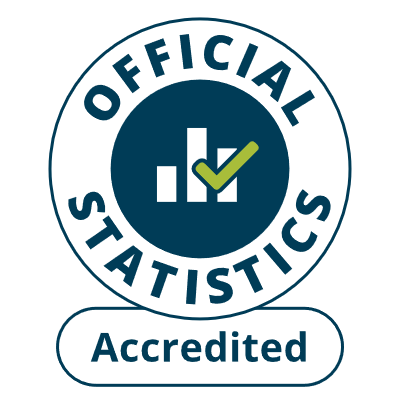
 Economic Region Analysis
Economic Region Analysis
None
|
||||||||||||||||||||||||||||||||||||||||||||||||||||||||||||||
Metadata
- High level information
- Summary information
- Weblinks
- Keywords
- Statistical quality information
- Open Data
Title
Economic Region AnalysisLast update
27/11/2019Next update
Not a regular outputPublishing organisation
Welsh GovernmentSource 1
Welsh Index of Multiple Deprivation, Welsh GovernmentContact email
stats.inclusion@gov.walesDesignation
National StatisticsLowest level of geographical disaggregation
Local authoritiesGeographical coverage
WalesLanguages covered
English and WelshData licensing
You may use and re-use this data free of charge in any format or medium, under the terms of the Open Government License - see http://www.nationalarchives.gov.uk/doc/open-government-licenceGeneral description
WIMD is the Welsh Government’s official measure of relative deprivation for small areas in Wales. It is designed to identify those small areas where there are the highest concentrations of several different types of deprivation. As such, WIMD is a measure of multiple deprivation that is both an area-based measure and a measure of relative deprivation.WIMD ranks all small areas in Wales from 1 (most deprived) to 1,909 (least deprived).
The Index has three main components:
- The Index itself, which is a set of ranks;
- The ranks of the eight types of deprivation, or domains, from which the overall Index is constructed;
- The underlying indicators, which are directly measurable, and which are combined to create the domain ranks. Many, but not all, of the indicators are produced as rates. The units depend on what is being measured.
All of these components are calculated for each of the LSOAs in Wales. The overall 2019 WIMD ranks and the ranks of the eight domains of deprivation are published on the StatsWales website. Where available, the underlying indicator data is now published annually on StatsWales.
Data collection and calculation
See information contained in weblinksData reference periods
See information contained in weblinksUsers, uses and context
See information contained in weblinksRounding applied
See information contained in weblinksWeblinks
Website: https://gov.wales/welsh-index-multiple-deprivationIndex Guidance: https://gov.wales/welsh-index-multiple-deprivation-index-guidance








